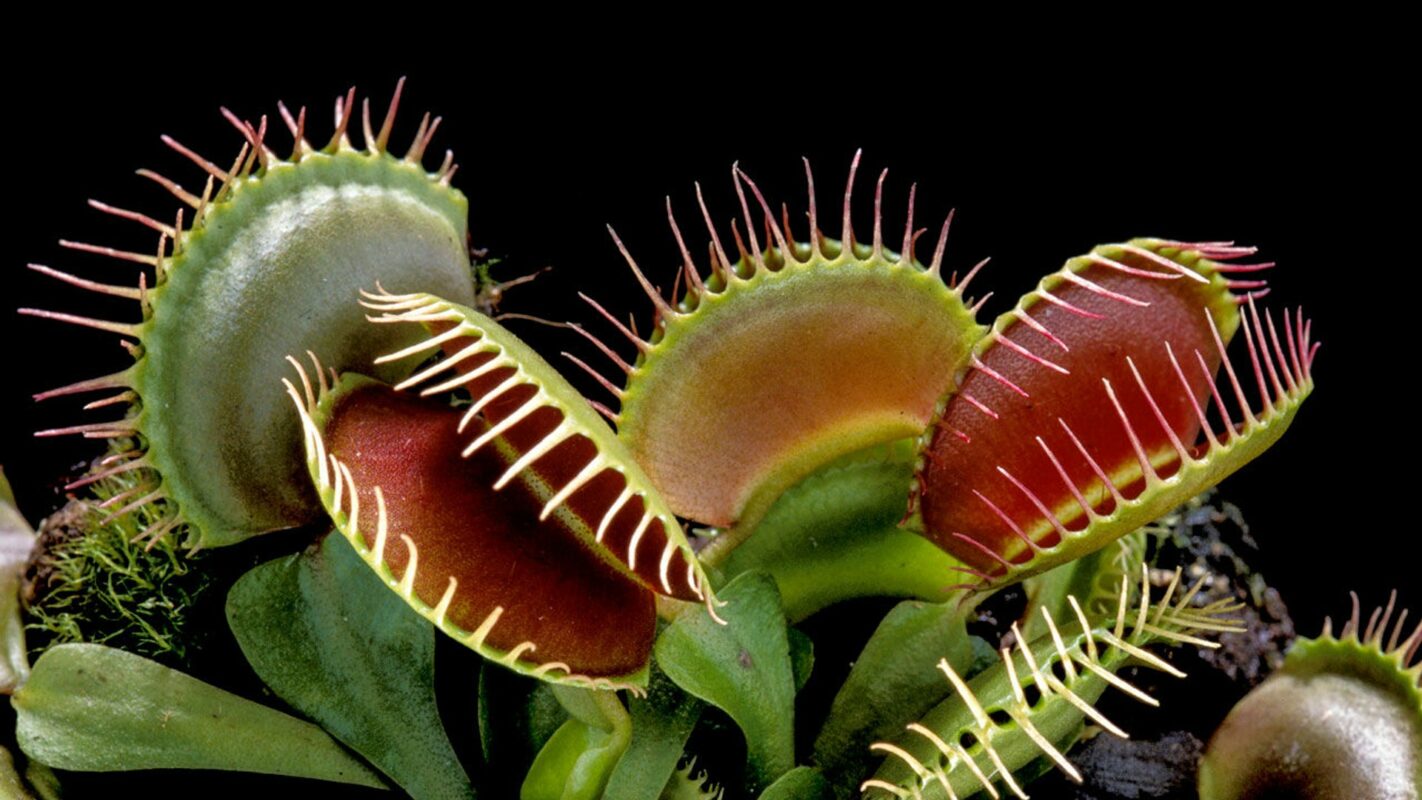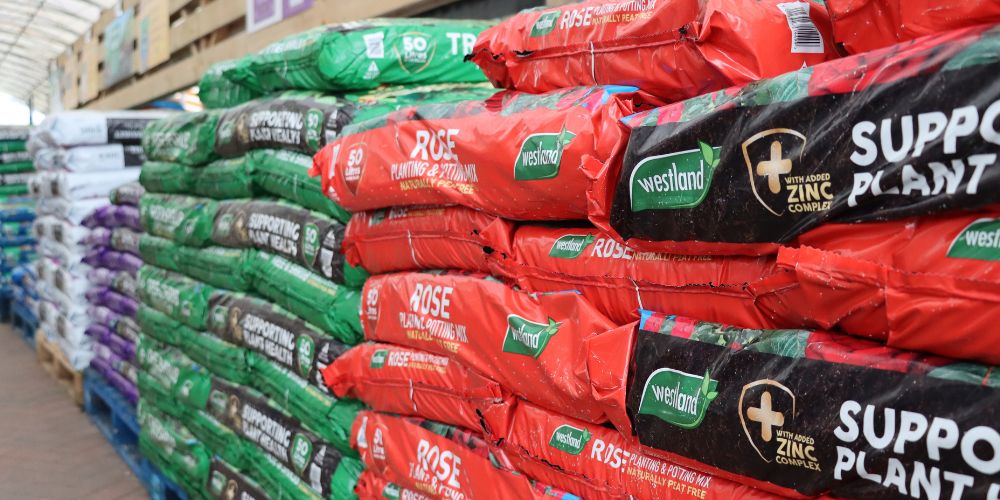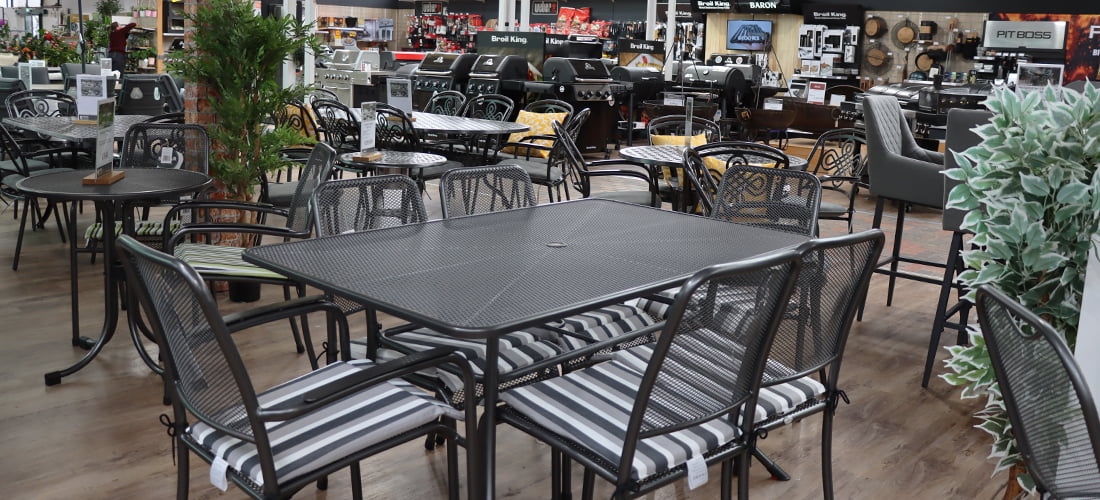Carnivorous plants, sometimes called insectivorous plants, are any plant adapted for capturing and digesting insects and other animals. They trap and extract food from other living organisms to supplement the lack of nutrients in their habitats. They have food collection mechanisms that include traps, pitchers, sticky pads or suction techniques.
An ever popular group of plants with children, carnivorous plants lend an element of curiosity to windowsills, greenhouses, containers outdoors and in the open garden where they have a place in both traditional and contemporary garden design.
Carnivorous plants come from a range of climates including tropical Asia, Australia, temperate Europe and from areas as diverse as Mexico up to Alaska. Their requirements are very variable.
They are split into three basic groups:
- Fly traps – which have spiny-edged, hinged leaves.
- Sticky-leaved plants – with hairy leaves that secrete insect-catching fluid.
- Pitcher plants – with leaves that form water-filled funnels.
These plants have roots that cannot obtain sufficient nutrients, so they have adapted and evolved to gain nourishment from the insects in their environment. They are tricky to grow indoors and have short life spans as houseplants, but are always interesting conversation pieces.Many of the plants mentioned below van be viewed on our Plant Finder.
MOISTURE
Some carnivorous plants grow naturally in tropical environments. Compost should be kept constantly moist for most types, but there are exceptions to the rule. Be sure to double check the information available with the plant.
Rainwater is most suitable for carnivorous plants. Tap water contains chlorides and fluorides and many hard tap waters contain high levels of calcium making it too alkaline for carnivorous plants. Domestic water softeners simply exchange calcium for sodium, and the sodium can build up to toxic levels over a period of time. Distilled water is a suitable though expensive alternative but de-ionised water has similar properties to water treated by a water softener. If rainwater is scarce, tap water may be used if boiled and subsequently cooled, but the compost must be replaced within six months.
Water from below throughout the growing season, by standing plants in a saucer containing approximately 2.5cm (1″) of water. During winter, water from below, then discard the excess. Pinguicula is an exception and it should always be stood in water. Never fill pitchers with water, they will regulate the levels themselves.
Choose a large saucer filled with pebbles or gravel, keep the water level below the surface of the gravel and stand the pots in the middle so that a relatively high humidity can be maintained.
NUTRIENTS
FLY TRAPS
STICKY-LEAVED PLANTS
PITCHER PLANTS
COMPOST
It is important to select the correct compost formula for each genus. All of them dislike nutrients in the compost but some prefer free drainage while others need boggy conditions. Carnivorous plants are naturally from areas with little or no soil nutrient and have adapted themselves to survive in these conditions. It is the reason they have adapted to eat insects. For this reason it is very important that the compost doesn’t contain any nutrient or lime.
In addition a coarse lime free sand should be added to open the compost up. This in conjunction with some perlite will add great structure to the compost.
For Nepenthes it is worth adding some orchid bark to the mix. This is required as Nepenthes really need a light soil.
Carnivorous plants have evolved in association with peat bogs and have always been thought to grow best in peat. However, some growers have undertaken their own trials with peat-free alternatives and are now sharing their successes.
Below is a list of all the types of plants that come under the overall heading of Carnivorous plants.
- Darlingtonia californica (Cobra Lily): Drawn by nectar the flies enter the traslucent hood and is unable to find the way out. Once inside the pitcher the fly heads down into the cup where little downward facing hairs prevent it coming back up the pitcher. Likes a bright, cool position out of the summer heat and away from central heating in the winter.
- Dionaea muscipula (Venus Fly Trap): Although there is only one species there are several different varieties of Fly Trap with varying leaf colour and size. Can be grown on a windowsill in frost-free conditions.
- Drosera (Sun Dew): This group contains over 170 varieties varying from tropical to near polar living conditions. These are most suited to catching small fruit flies. Ideal for near compost bins.
- Nepenthes (Monkey Cups): These are plants from the tropics, their natural range extending from Madagascar through tropical Asia to northern Australia. In the wild they grow as vines up to 15m (50ft). Their insect traps are pitchers formed at the ends of leaves mainly in summer and high humidity is essential for pitcher formation. Two types of pitcher are produced, one at ground level, the other further up the vine.
- Sarracenia (American or Trumpet Pitcher): One of the easiest of the carnivorous to look after, this brute of a plant is quite happy gulping down blue bottles and wasps that come from the nectar at the top of the pitcher only to slip into the pitcher and get stuck. Best grown in full sun.
- Utricularia sandersonii (Sanderson’s Bladderwort): The largest genus of the carnivorous plants. Captures micro-organisms in minute bladders on underground stems. They mostly like a bright windowsill unless they are the larger flowered and leaved types that prefer some shade to encourage good flower and leaf formation. In some cases the flowers last almost an entire year.








